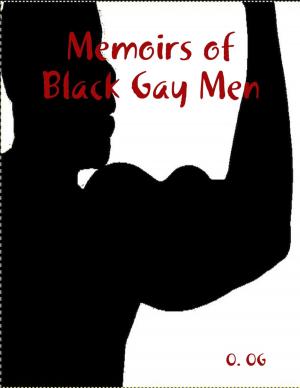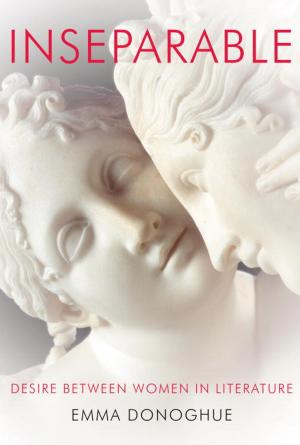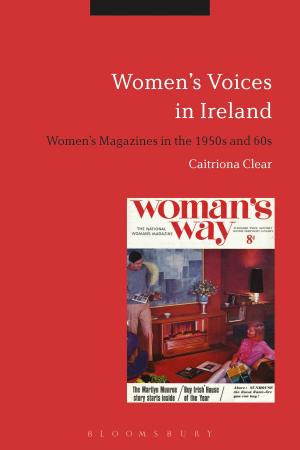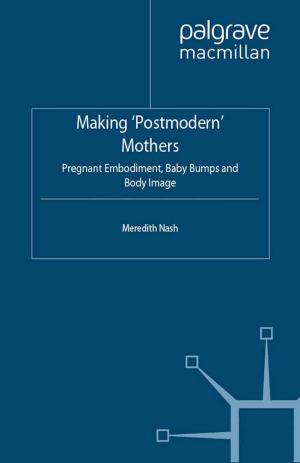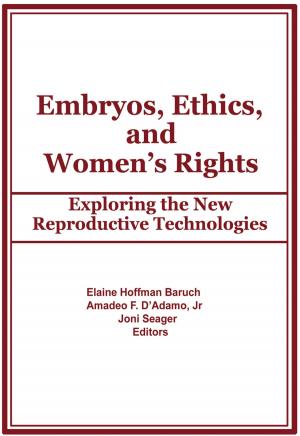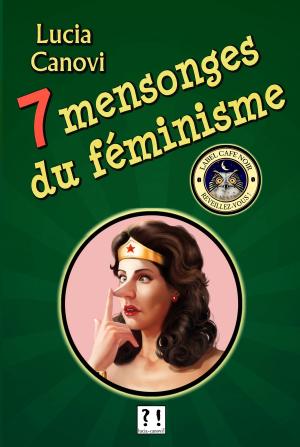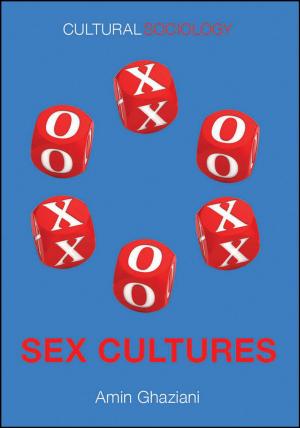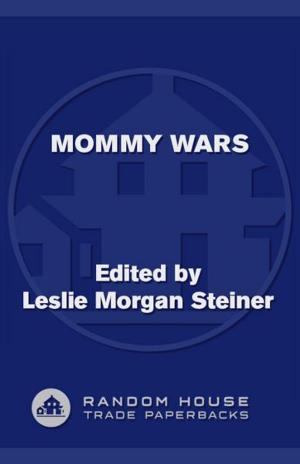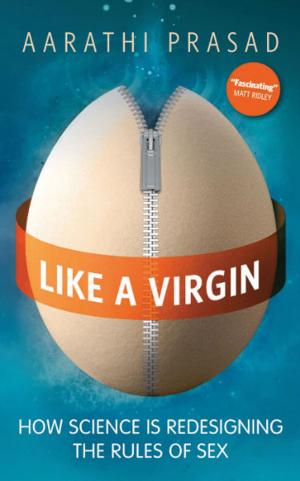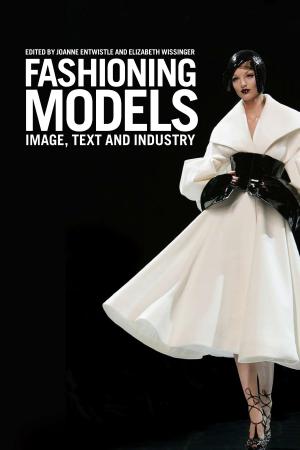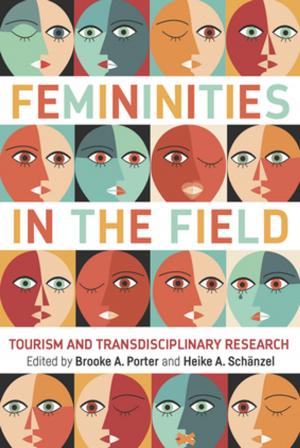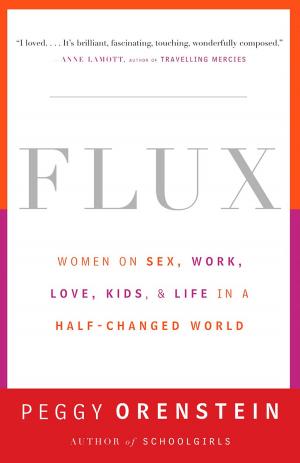The Lingering Clasp of the Hand
Nonfiction, Social & Cultural Studies, Social Science, Gender Studies| Author: | Geoffrey Clarke | ISBN: | 9781466077249 |
| Publisher: | Geoffrey Clarke | Publication: | January 13, 2012 |
| Imprint: | Smashwords Edition | Language: | English |
| Author: | Geoffrey Clarke |
| ISBN: | 9781466077249 |
| Publisher: | Geoffrey Clarke |
| Publication: | January 13, 2012 |
| Imprint: | Smashwords Edition |
| Language: | English |
The aim of the book is to define the nature of literary collaboration by authors in the mediation and production of the novel of masculine action in the period 1885-1905. Its objective is to bring to the attention of academia long forgotten literary forms such as the romance genre, and make, quite differently, a significant contribution to the field of gender, queer studies, and masculinities/femininities.
It would serve as a guide to junior researchers in the field who may need detailed information about the collaborations of Haggard, Lang, Kipling, Balestier, Stevenson, Henley, James, Conrad, and Ford with original, qualitative research garnered from correspondence, studies of the holograph manuscripts and real time correspondence with living relatives of the authors.
The book arose from the need for further elucidation on an innovative theory of male bonding in relation to literary representation. The work relates to other books on similar topics by Wayne Koestenbaum, Double Talk: The Erotics of Male Literary Collaboration (New York: Routledge, 1989) Eve Kosovsky Sedgwick Between Men: English Literature and Male Homosocial Desire (New York: Columbia University Press, 1986) and Rebecca Stott The Fabrication of the Late Victorian Femme Fatale (Macmillan: 1992; new edition 1996).
Collaboration in texts is a very interesting problematic that becomes more marked in the late-Victorian period. The book analyses the nature and motivation on which various literary collaborations rested, looking at the issue of masculine and feminine sexuality within the discourse and at the disputes that arose and the rivalries that existed within the male bonded community.
The intended readers are academics and others who are interested in the issue of masculinities/femininities and gender theory through the prism of the twenty-first century
It will also be of interest to the general reader
who wishes to enhance her/his knowledge of the culture and aesthetics of the period.
The aim of the book is to define the nature of literary collaboration by authors in the mediation and production of the novel of masculine action in the period 1885-1905. Its objective is to bring to the attention of academia long forgotten literary forms such as the romance genre, and make, quite differently, a significant contribution to the field of gender, queer studies, and masculinities/femininities.
It would serve as a guide to junior researchers in the field who may need detailed information about the collaborations of Haggard, Lang, Kipling, Balestier, Stevenson, Henley, James, Conrad, and Ford with original, qualitative research garnered from correspondence, studies of the holograph manuscripts and real time correspondence with living relatives of the authors.
The book arose from the need for further elucidation on an innovative theory of male bonding in relation to literary representation. The work relates to other books on similar topics by Wayne Koestenbaum, Double Talk: The Erotics of Male Literary Collaboration (New York: Routledge, 1989) Eve Kosovsky Sedgwick Between Men: English Literature and Male Homosocial Desire (New York: Columbia University Press, 1986) and Rebecca Stott The Fabrication of the Late Victorian Femme Fatale (Macmillan: 1992; new edition 1996).
Collaboration in texts is a very interesting problematic that becomes more marked in the late-Victorian period. The book analyses the nature and motivation on which various literary collaborations rested, looking at the issue of masculine and feminine sexuality within the discourse and at the disputes that arose and the rivalries that existed within the male bonded community.
The intended readers are academics and others who are interested in the issue of masculinities/femininities and gender theory through the prism of the twenty-first century
It will also be of interest to the general reader
who wishes to enhance her/his knowledge of the culture and aesthetics of the period.

